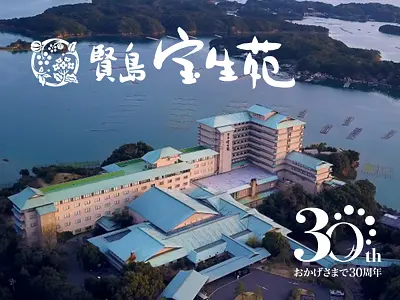忍者とは?成り立ちや役割、忍者の種類を解説|三重県の忍者体験イベントも紹介!
掲載日:2021.04.16
忍者といえば黒装束に身を包み、刀や手裏剣などを使って主君を守るために戦うというイメージが強いかもしれませんが、実際には極力戦うことを避けていました。では忍者とは一体どういう存在だったのでしょうか?今回は忍者とはどういうものなのか、その成り立ちや役割、そしてどんな種類の忍者がいるのかなどをご紹介したうえで、三重県で行われている忍者体験イベントについてもご紹介します。忍者のことをより深く知り、是非三重に体験しにきてください!
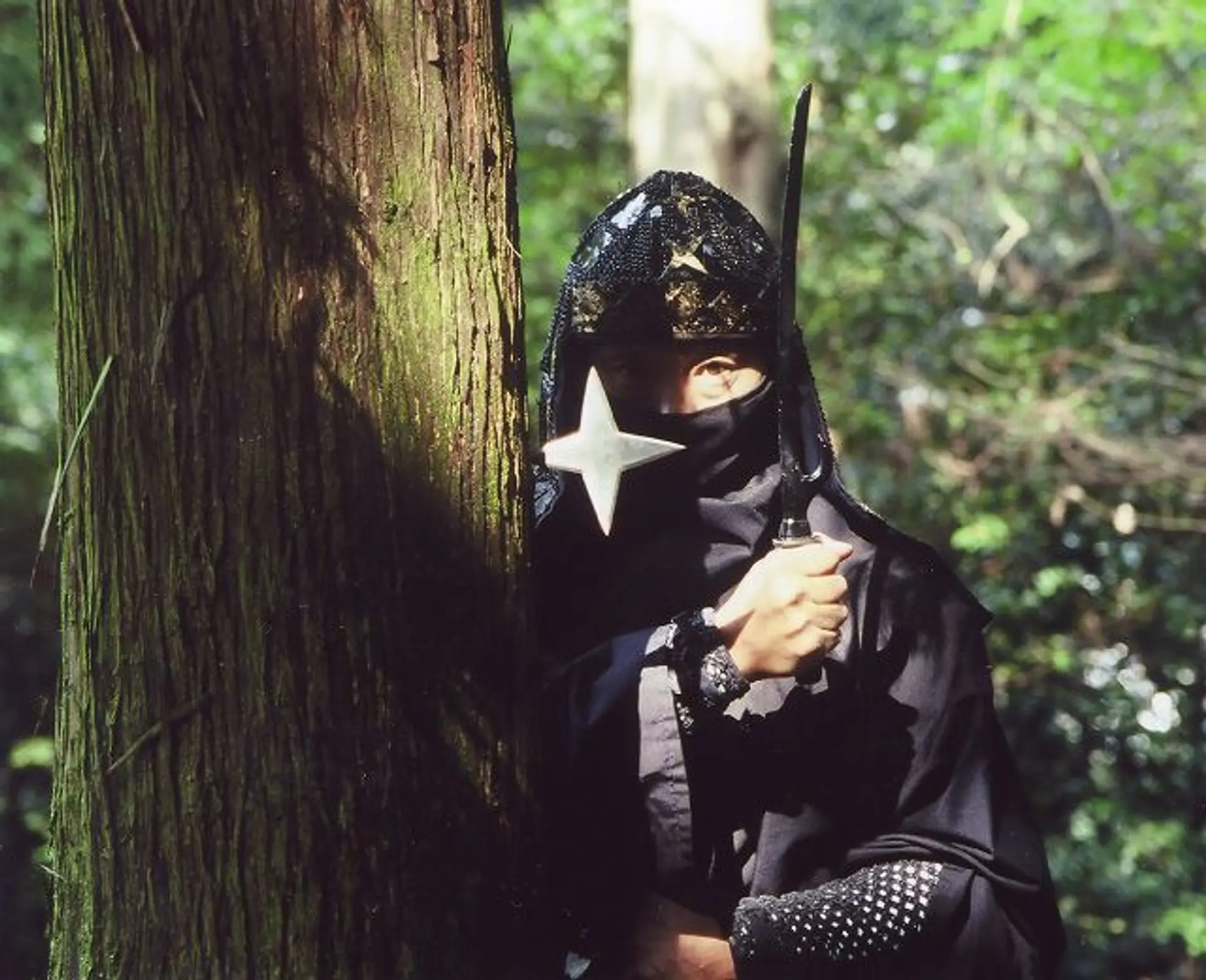
▼ 目次
忍者とは
忍者とは、日本特有の兵法として発達した忍術の使い手のことで、忍者という呼び名が定着したのは昭和30年代になってからのことです。歴史的には「忍び」と呼ばれることが多かったのですが、他にも乱波(らっぱ)・透波(すっぱ)・草(くさ)・奪口(だっこう)・かまり、など各地で独自の名前で呼ばれていました。
戦国時代、忍者は各地の戦国大名に召し抱えられ、敵の本拠地に侵入し、変装して情報を集める、夜討ちをかける、ときには破壊工作なども行ったとされています。しかし忍者にとって最も重要な仕事は、敵方の状況を主君に伝えることであったことから極力戦闘を避け、生き延びて主君のもとに戻ることが最優先でした。忍術に自分の身を守るためのものが多いのはそのためかもしれません。
ちなみに、忍者といえば忍装束を着ているイメージがありますが、日中に忍装束を着ていると目立ってしまうため、日中には着用していなかったと言われています。さらに忍装束は渋柿色のような茶色いものが多く、現代で描かれているような紺や黒などの色は一般的ではありませんでした。
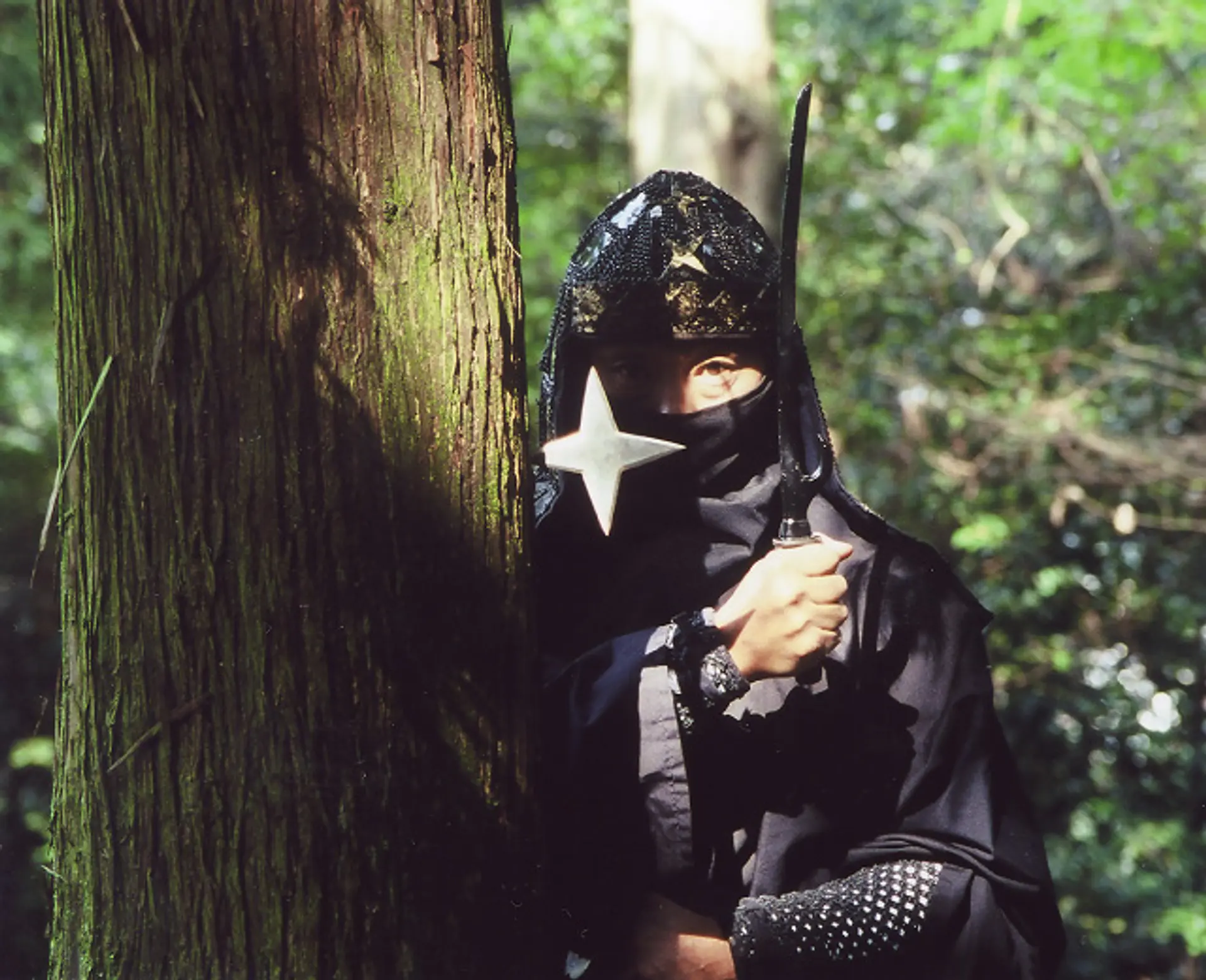
忍者の成り立ち
忍術の起源には多くの説があり、はっきりとわかってはいません。しかし一説によると聖徳太子が自身に仕えた「大伴細入」(おおとものほそひと)に「志能便」(しのび)という称号を与えたことが忍者のはじまりだとされています。大伴細入は、聖徳太子に仕え、優れた軍術を駆使して多くの功績を上げた人物です。
忍者の存在が史料上確実に確認できるのは、1336年~1392年の南北朝時代以後のことで、その起源は13世紀後半の悪党にあると考えられています。この悪党というのは、寺院や貴族などによる荘園制支配に反抗した人々のことです。
当時はまだ忍者という呼び名ではなく、その地方独自のさまざまな呼び名で呼ばれていました。室町時代に入ると荘園制度の衰退により、悪党の活動も減少していきますが、その代わりに悪党の血を引いた「地侍」が頭角をあらわします。
戦国時代に入り、徳川家や足利家など各地の戦国大名たちに召し抱えられた地侍はやがて忍者とよばれるようになります。戦国時代には夜討ちなどで出陣していましたが、江戸時代になって平和な世の中が訪れると、忍者は戦闘する機会も減り、主な仕事が情報収集や警護へと変わっていきます。そして江戸幕府から明治新政府へ政権が移ったことにより忍者はその役目を終えました。
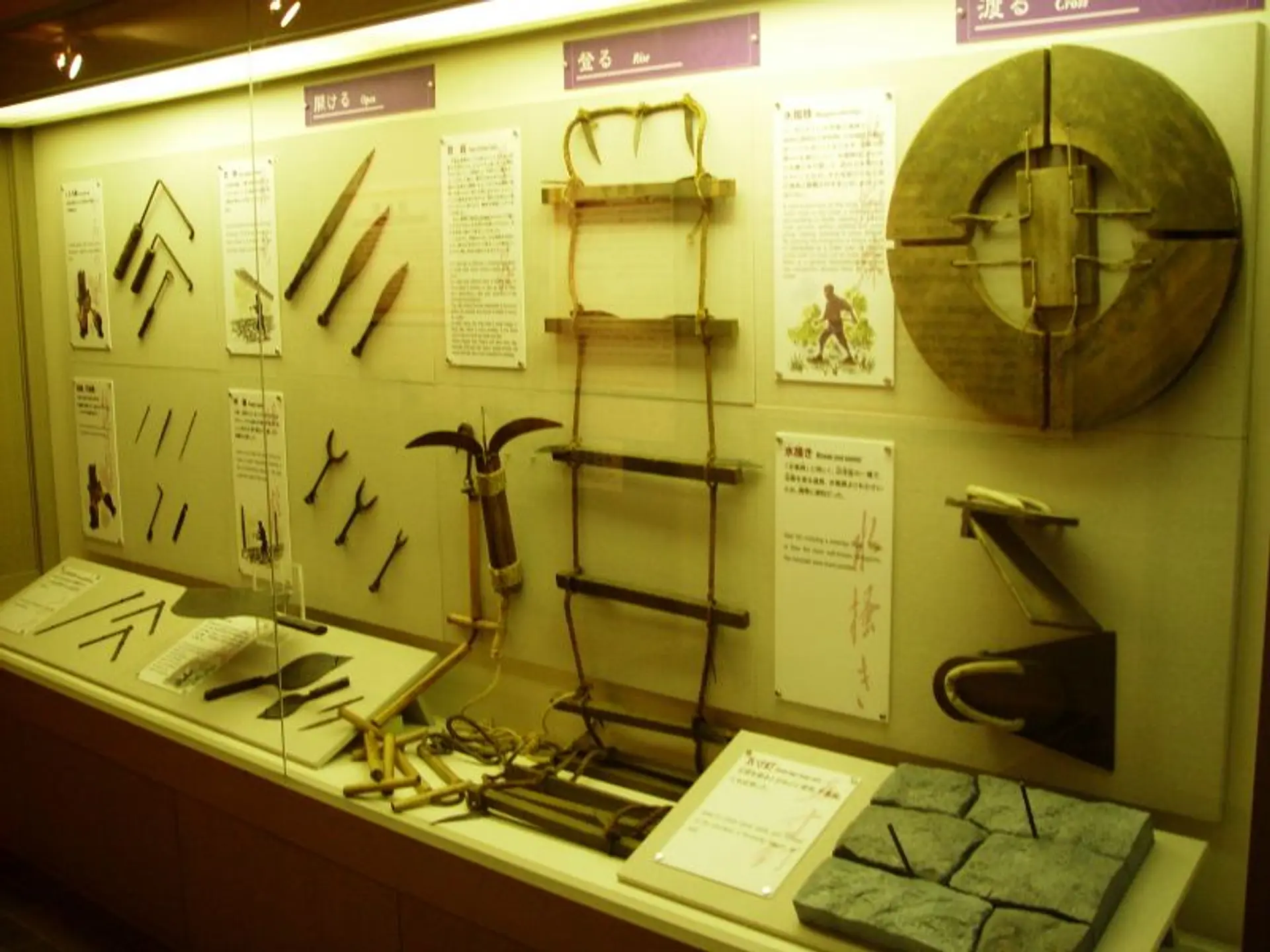
忍者の役割
忍者には、情報収集や暗殺、破壊工作などさまざまな仕事がありますが、中でも最も重要とされるのが、敵の陣地に忍び込み敵方の状況などの情報を収集して主君のもとに生きて戻りその情報を伝えることです。これは生間(せいかん)と呼ばれ、忍者が担った最も重要な役割だといわれています。
この今でいうスパイ活動には、さまざまな忍術が駆使されました。例えば遁術(とんじゅつ)という術があります。水遁の術や火遁の術などが有名ですが、遁術というのは敵から逃げたり隠れたりするための忍術です。水遁の術なら水の中を泳ぐ、潜って身を隠す、逃げている最中に重たい石などを投げ水に飛び込んだと思わせるなどを使っていました。火遁の術なら藁や薪に火をつけ放火する、火薬を使うなど火を用いて敵の注意を逸らします。
また、僧や曲芸師、農民などに変装して敵陣に忍び込む技術や、盗聴して情報を得たりすることも忍術のひとつです。敵と戦闘になったときは、身を守るための手裏剣や針術、攻めるための火術などを用いました。その他にも呪術や幻術などを用いたり、薬学などにも精通していたといわれています。
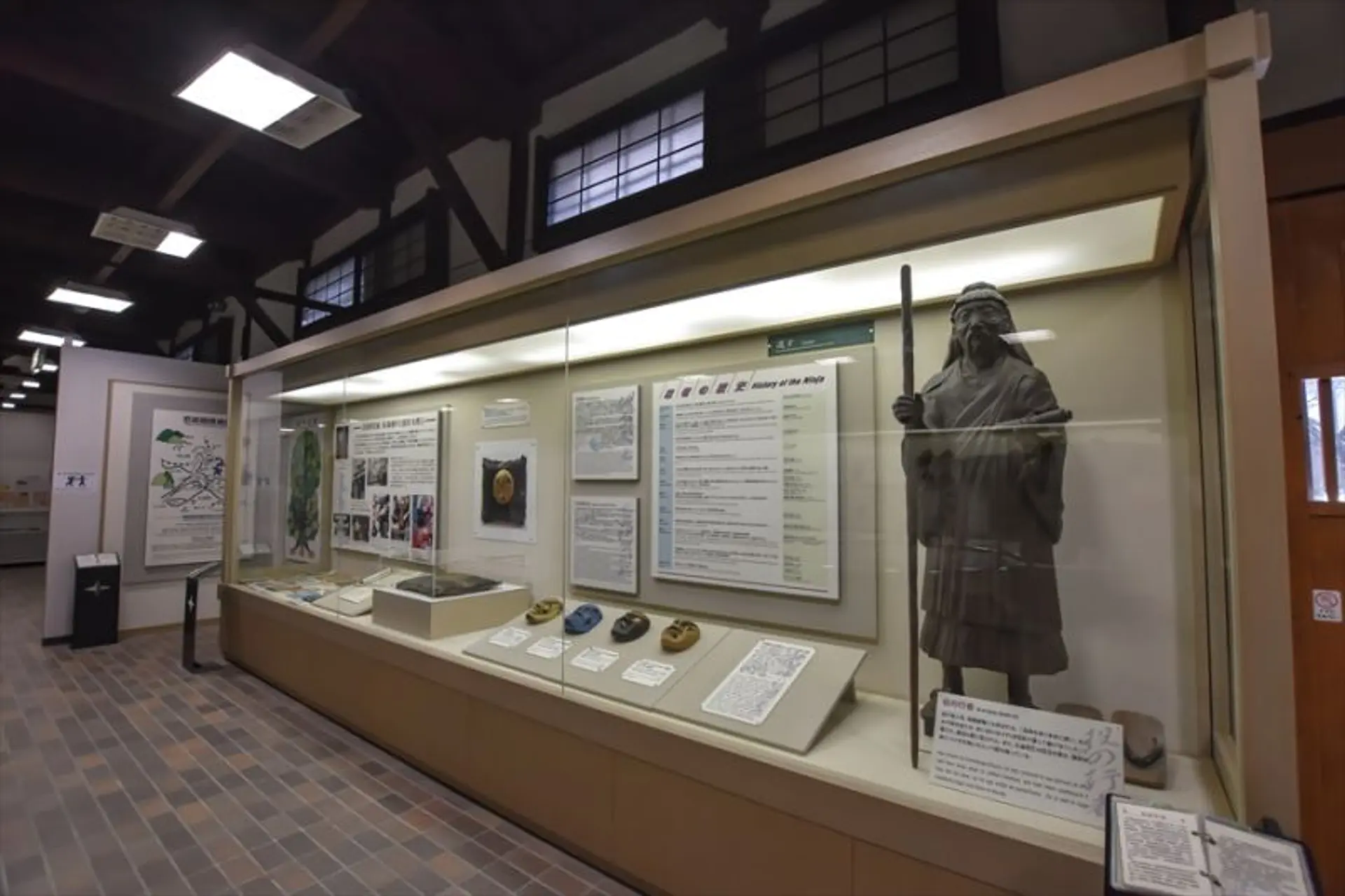
忍者の暮らし
忍者といえば黒装束に身を包み、闇夜に紛れて行動し、手裏剣や煙幕などを使って戦うというようなイメージが強いですが、いつも戦ってばかりいるわけではありません。普段は農作業をして農民を装う、ときには山伏や行商人となって市井の人々にまじりながら諜報活動を行っていました。
基本的に忍者は戦いを避け、変装などして人々の生活にまぎれて諜報活動をし、情報を集めて主君にそれを伝えるのが仕事です。普段は農民などと同じように生活して、その中で諜報活動や修行などを行っていたといわれています。有利な情報を集めるのが重要な任務であり、マンガや映画に出てくる忍者のように常に戦っているというわけではなかったのです。
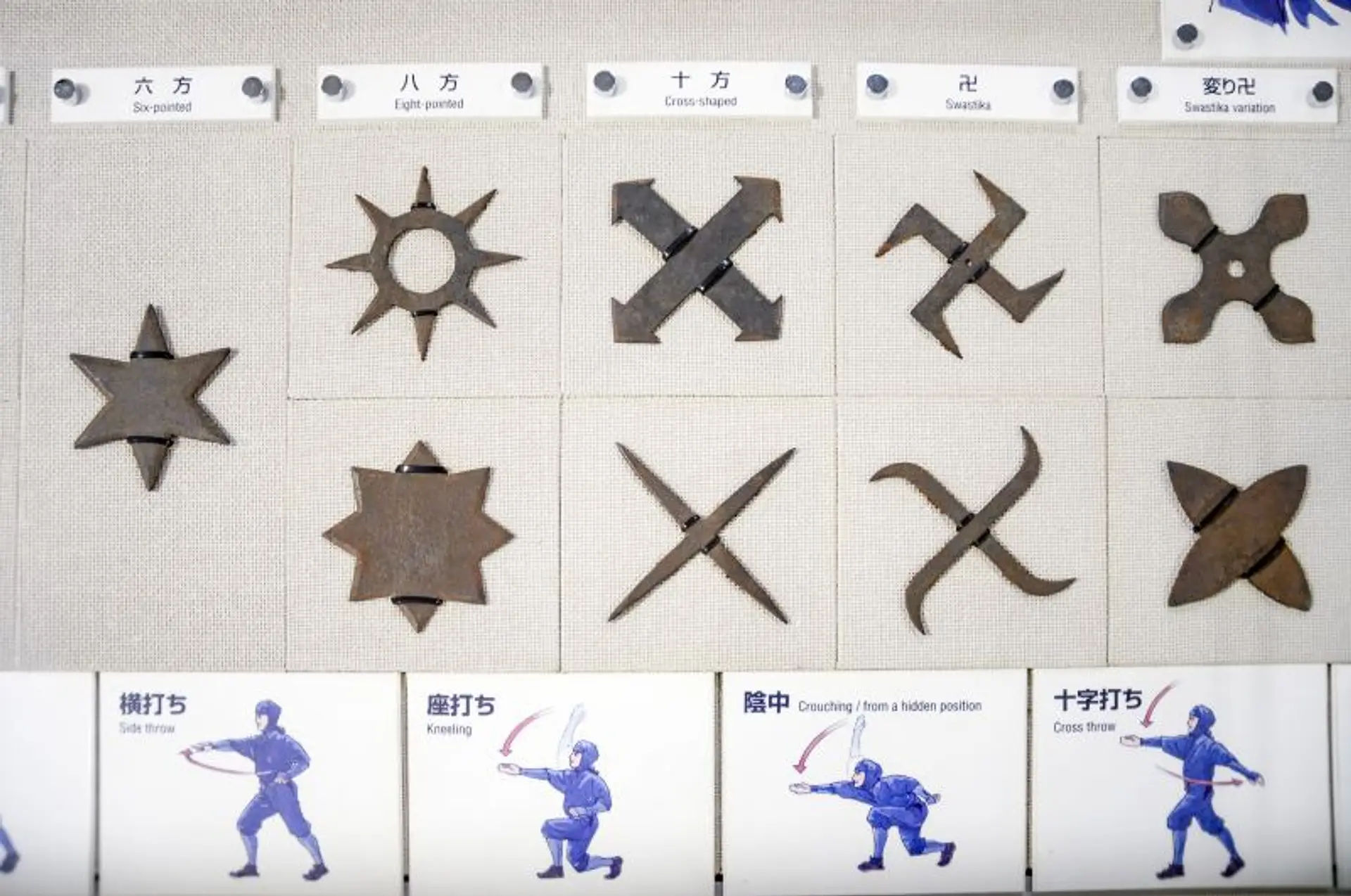
忍者の種類
忍者といえば伊賀と甲賀の忍者が非常に有名ですが、忍者は日本各地に存在しました。例えば戦国時代に現在の和歌山・三重県南部に位置する紀伊国を中心に活動していた「雑賀衆」(さいかしゅう)は、傭兵を生業とする忍者集団です。紀伊国は海に面しており貿易が盛んであったため、鉄砲を利用する機会が多くありました。
その他の忍者集団としては、毛利元就に仕えていた「座頭衆」(ざとうしゅう)や「世鬼一族」(せきいちぞく)という忍者集団がいました。さらに上杉謙信に仕えていた「軒猿」(のきざる)、徳川幕府に仕えた「御庭番」(おにわばん)なども有名です。
以上のようにたくさんの忍者集団がいるなかでもとくに有名なのが伊賀忍者と甲賀忍者です。
続いては伊賀忍者と甲賀忍者についてご説明しましょう。
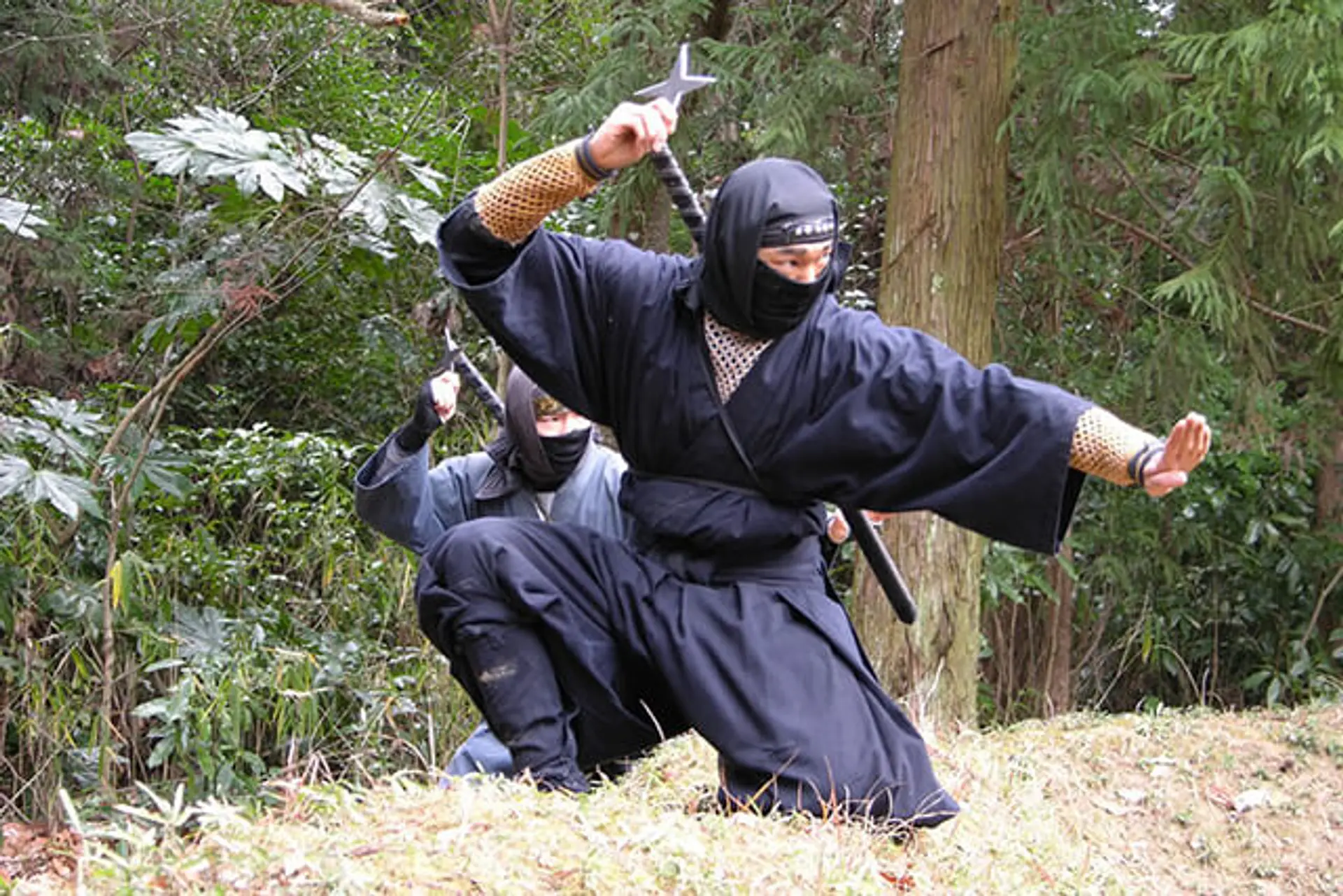
伊賀忍者
伊賀は忍者の中でも特に有名な流派のひとつです。伊賀忍者は忍術や戦闘能力に秀でている者が多く、数多くの戦で貢献したといわれています。また、雇い主との契約方法は金銭のみでそれ以上の関係を築かなかったのも伊賀忍者の特徴です。
伊賀は京都から近く、京都から流れてきた政治や情勢に精通した人材を忍者として育成できたため、数多くの優秀な人材を輩出しました。政治の中心であった京都から流入してくる人材は、教養のある者も多く、当時としてはまだ希少だった文字の読み書きができる者も伊賀忍者には多かったといいます。
伊賀忍者は火術や呪術が得意とされており、中でも「九字護身法」(くじごしんほう)という呪術は有名です。九字護身法は両手で印を結び、護身、厄除けのために用いられていました。火術は火薬を使ったものが得意だったようです。また、伊賀忍者では服部半蔵を輩出した服部家、百地家、藤林家が「上忍三家」と呼ばれ、大きな発言権を持っていたといわれています。
甲賀忍者
甲賀忍者は、現在の滋賀県甲賀市・湖南市である甲賀郡を中心に活動していました。
伊賀流の宿敵やライバルなどといわれることの多い甲賀流の忍者ですが、実際のところは山一つ挟んだ隣人同士であり、敵対しても何の得にもならないということで実は協力関係にあったといわれています。
そんな甲賀流の特徴は、甲賀の里を領地とする歴代の領主達との緩やかな主従関係です。甲賀忍者は「惣」(そう)と呼ばれる共同体に属し、そこに参加する者はみな対等な立場だったといわれています。里として意思決定を行う際も多数決で決められ、いわゆる民主主義に近い組織運営が行われていました。この点は上忍三家が大きな発言権を持っていた伊賀流との大きな違いです。
また、甲賀流は雇い主を特定の者に絞っていました。これは、甲賀流忍者の起源が地侍であったことから特定の大名との主従関係がはっきりしていたことに由来するものだといわれています。
甲賀には薬草がたくさん生えていたため、甲賀忍者は毒薬を用いた奇術が得意だったほか、普段の生活では薬売りを装って情報を集めていました。
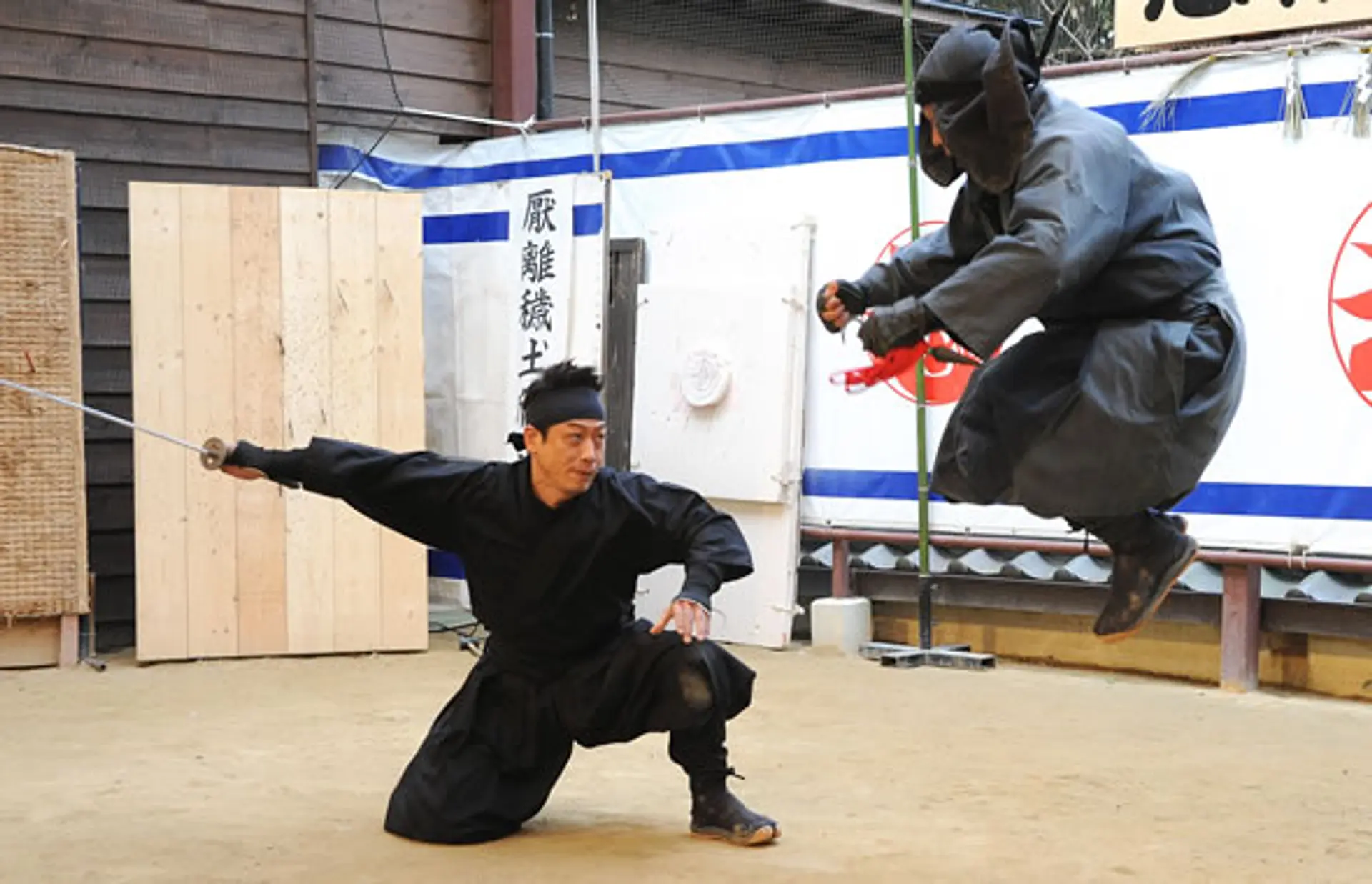
現在も忍者はいる
戦国時代や江戸時代に実在したとされる忍者は、上述したように江戸幕府から明治新政府に政権が移ったことによりその役目を終えました。つまり現代の日本には、昔実在したような忍者は存在しません。
しかし昔の忍者とは異なりますが、忍者を名乗る人は存在し、今でもなお忍者の文化を伝えています。例えば教室などを開いて忍術を生徒に教える人や、忍者体験イベントを開催するなどの活動を行っている人たちがいて、忍者の文化を後世に残そうとしています。
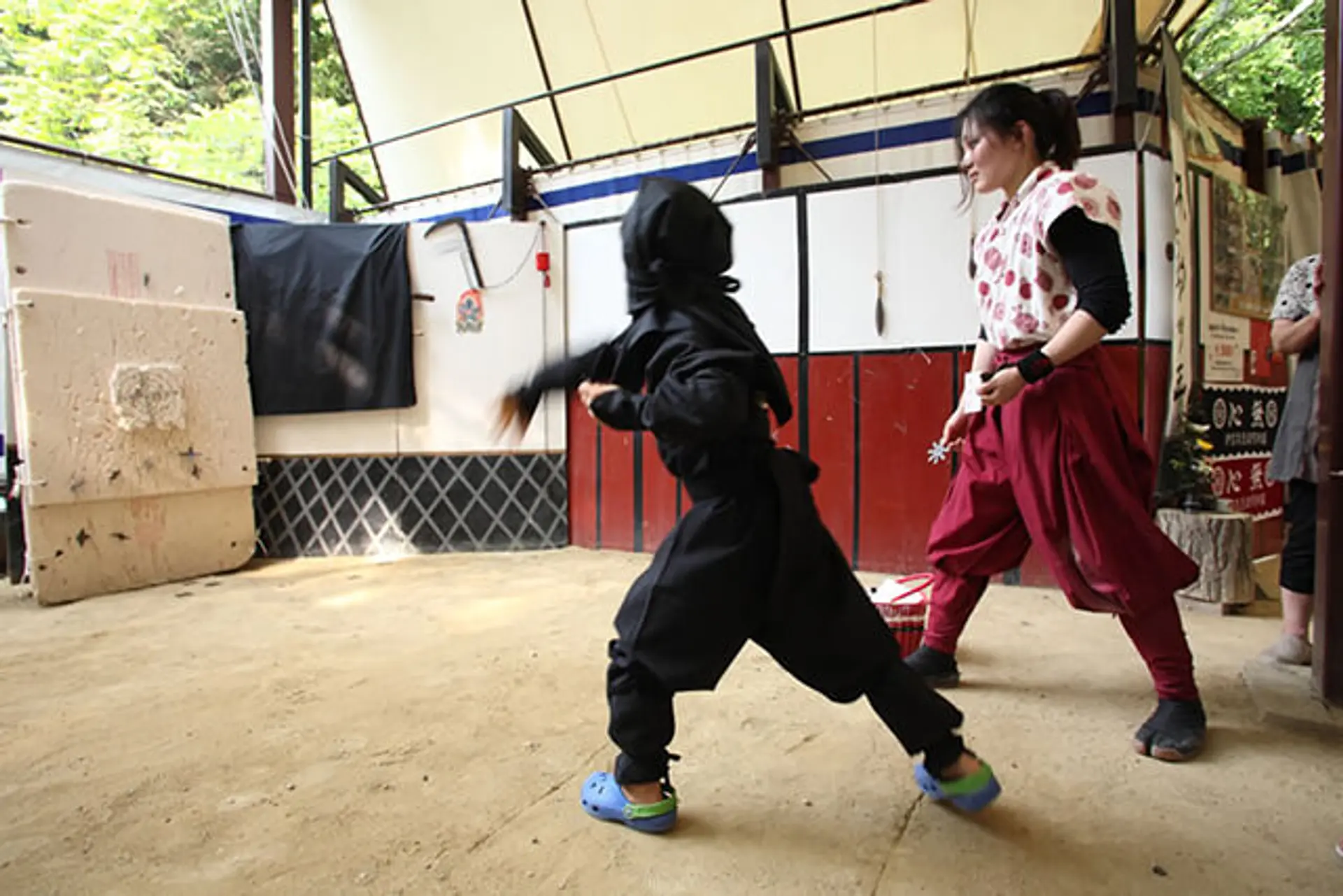
三重県で忍者を体験
そんな忍者体験イベントがたくさんあるのが、伊賀流忍者の里である三重県の伊賀地域です。例えば「だんじり会館」の中にある「忍者変身処」では、忍者衣装を貸し出しており、そこで忍者衣装に着替えて忍者屋敷や城下町を散策することが可能です。
また、同じく伊賀市にある「伊賀流忍者博物館」でも、忍者やくノ一がからくり屋敷内を案内してくれます。ここでは忍術実演ショーを見ることができるほか、手裏剣打ち体験をすることも可能です。これらのイベント情報に関してこのあともう少し詳しくご説明しましょう。
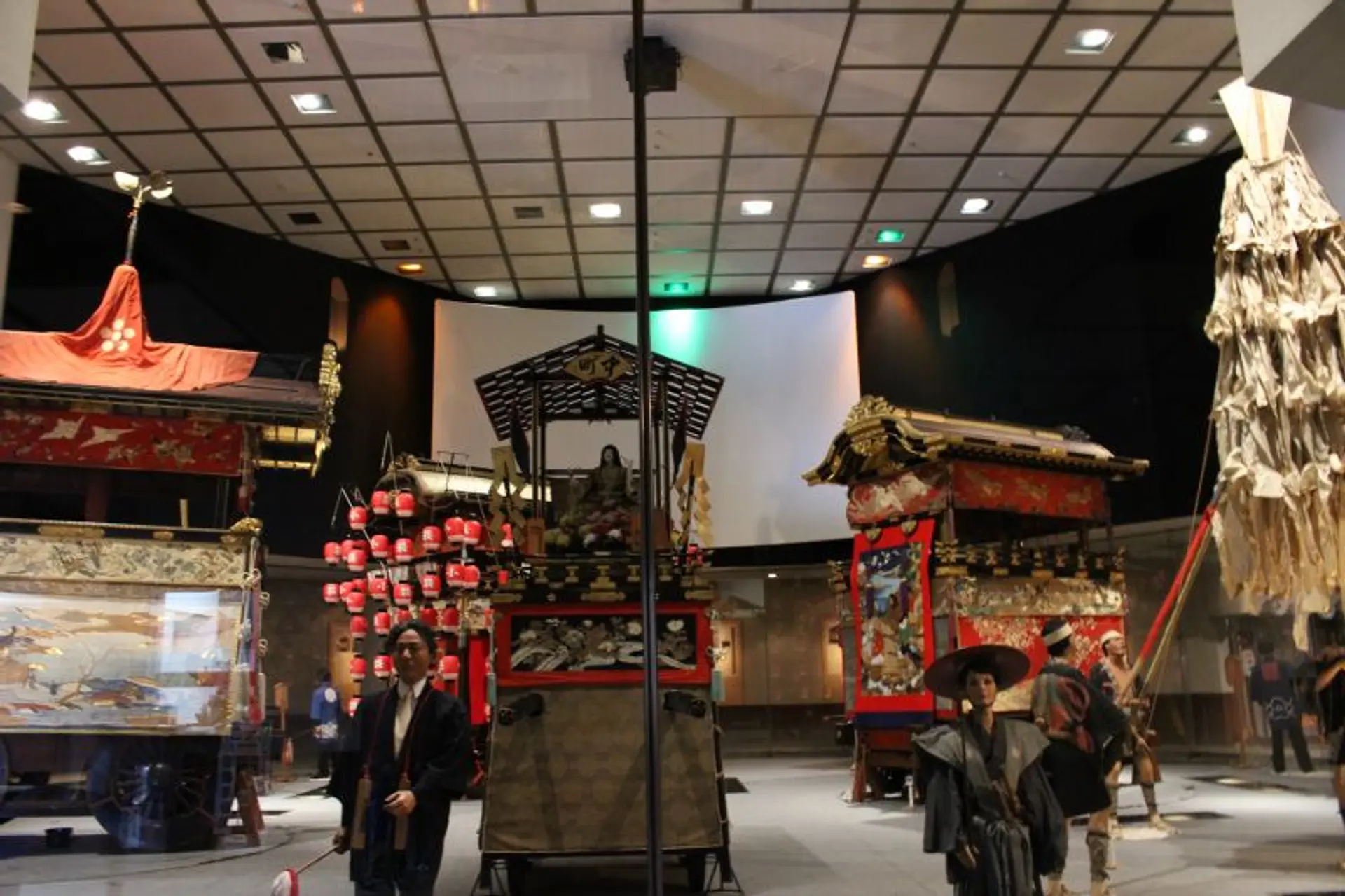
忍者姿で城下町を散策
三重県伊賀市にある「だんじり会館」では、毎年10月に行われる上野天神宮の秋祭「上野天神祭」で実際に巡行するだんじり3基が展示されています。また、全国的にも珍しい鬼行列が練り歩く様も再現。大型スクリーンに映し出される映像は迫力満点でいつでも祭の雰囲気を楽しむことができます。
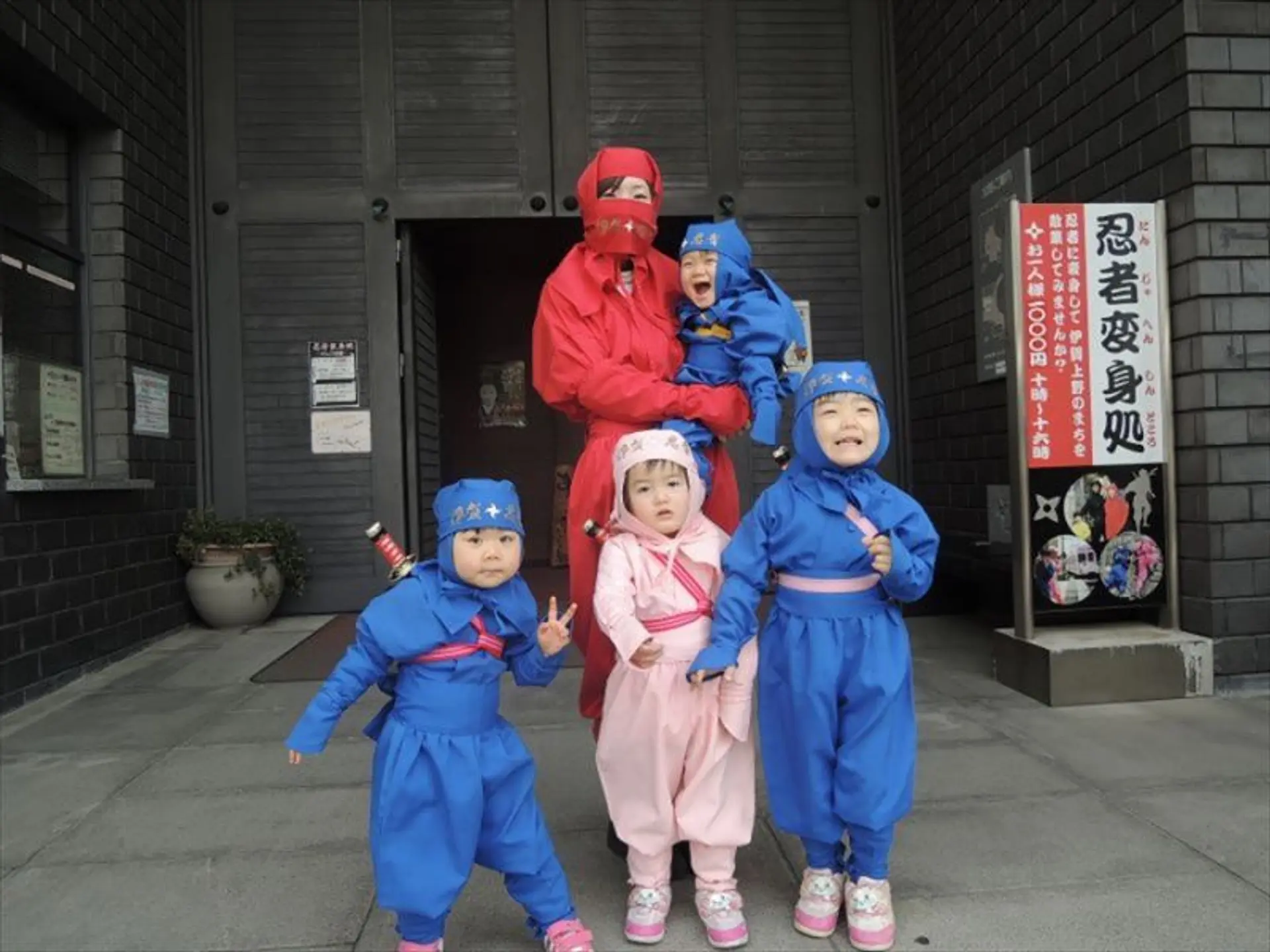
「忍者変身処」では忍者衣装のレンタルが可能で、小さな子ども用から大人用までカラフルな忍者衣装が多数揃っています。着替えた服は預けることもできるため、忍者衣装に着替えて身軽な状態で忍者屋敷や城下町を散策することも可能です。
ちなみに、だんじり会館に入館しなくても忍者衣装のレンタルはできます。ただし、貸し出し時間が決まっているので、事前に時間などを確認しておきましょう。
だんじり会館
・大人:600円(500円)
・小人:400円(300円)
※( )内は、30名以上の団体料金
9:00~17:00
4月第2第3の土日のいずれか1日
上野天神祭期間中
12月29日〜1月1日
あり(有料)
伊賀鉄道「上野市駅」から徒歩約5分
・名阪国道「上野東IC」から北へ約5分
・名阪国道「中瀬IC」から西へ約5分
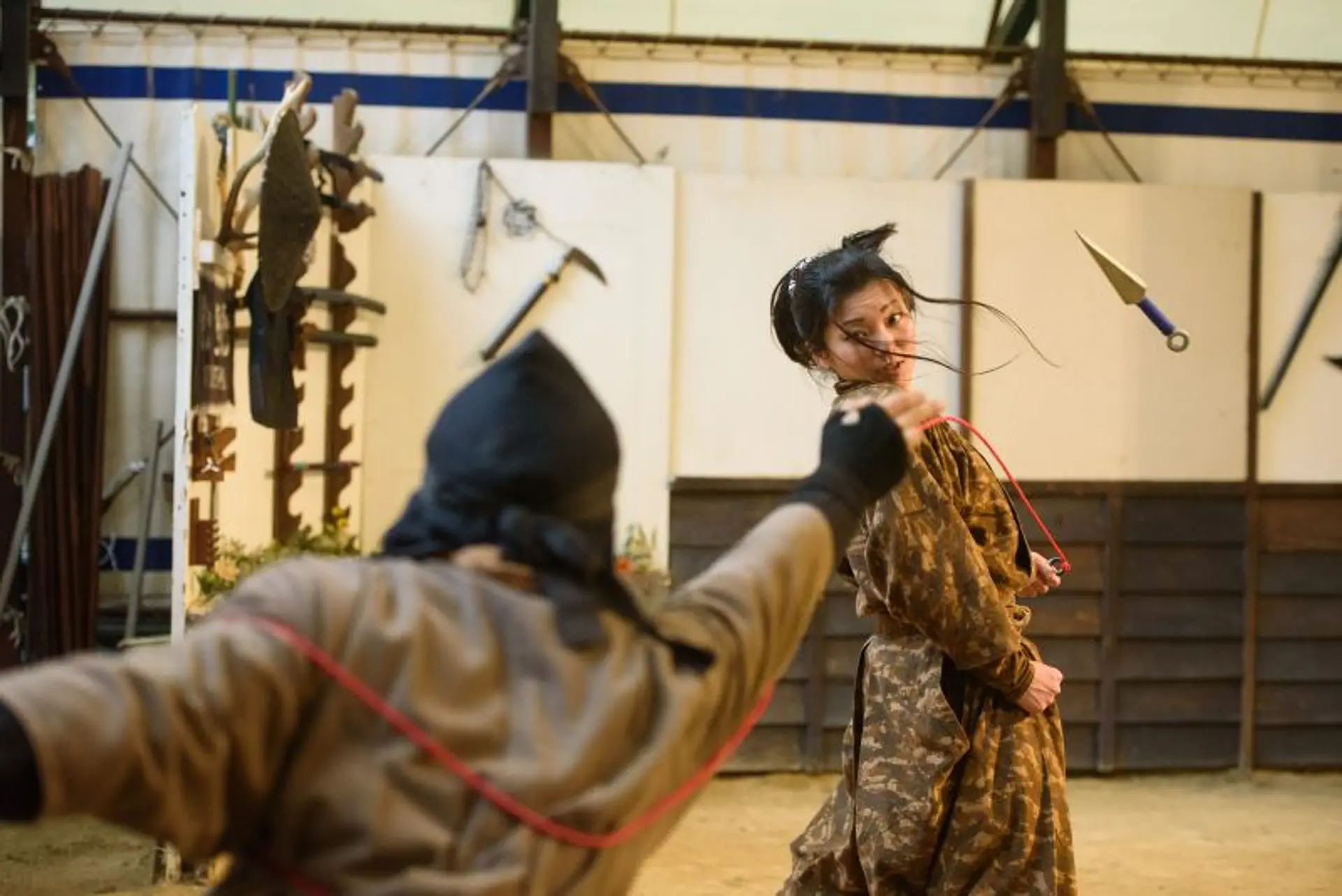
忍者屋敷で忍術体験
伊賀流忍者博物館は上野公園内にあります。上野公園は名阪国道の上野東インターチェンジから車でおよそ5分の場所にあり、車でのアクセスも便利です。さらに伊賀鉄道「上野市駅」からは徒歩5分と公共交通機関を使ったアクセスも便利です。
伊賀流忍者博物館では、どんでん返しや仕掛け戸、隠し階段などのからくりがある忍者屋敷の中を忍者やくノ一が実演しながら案内してくれます。また、忍者が使用していた武器や道具を使った忍術実演ショーは、手に汗握るアクションが目の前で繰り広げられる様子は迫力満点です。
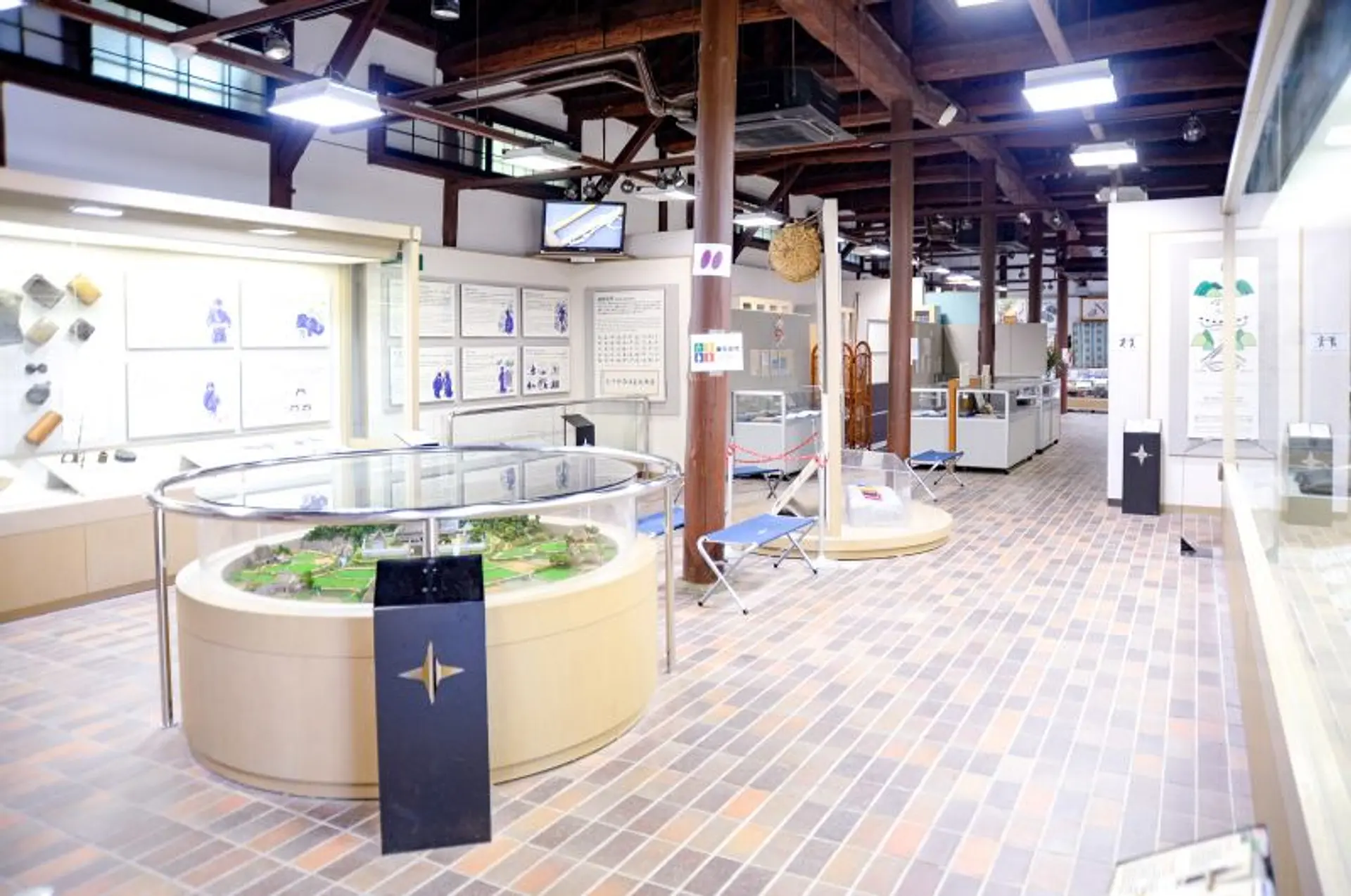
忍者資料館では、忍術書や忍術書に基づいて製作された手裏剣や水蜘蛛など忍具のレプリカが展示されているほか、忍者の歴史や生活を紹介した史料などを見ることができます。
また、ずっしりと重い本物の手裏剣打ちを体験することもでき、その楽しさがやみつきになる人も多いようです。おみやげ処の「Ninja坊」にはここでしか手に入らないゴム製の手裏剣やクナイ、まきびしなどが揃っています。
伊賀流忍者博物館(忍者屋敷)
入館:大人1,000円(900円)、小人700円(600円)
忍者実演ショー:1人600円(団体料金なし)(休演日あり 要事前確認)
※( )内は20名以上の団体料金
手裏剣打ち体験:1人6枚 300円
9:00〜17:00(入館受付は16:30で終了)
年末年始(12/29~1/1)
詳細はこちらからご確認ください
https://www.city.iga.lg.jp/0000002678.html
・伊賀鉄道「上野市駅」から徒歩で約5分
・名阪国道「上野東IC」から北へ約5分
・名阪国道「中瀬IC」から西へ約5分
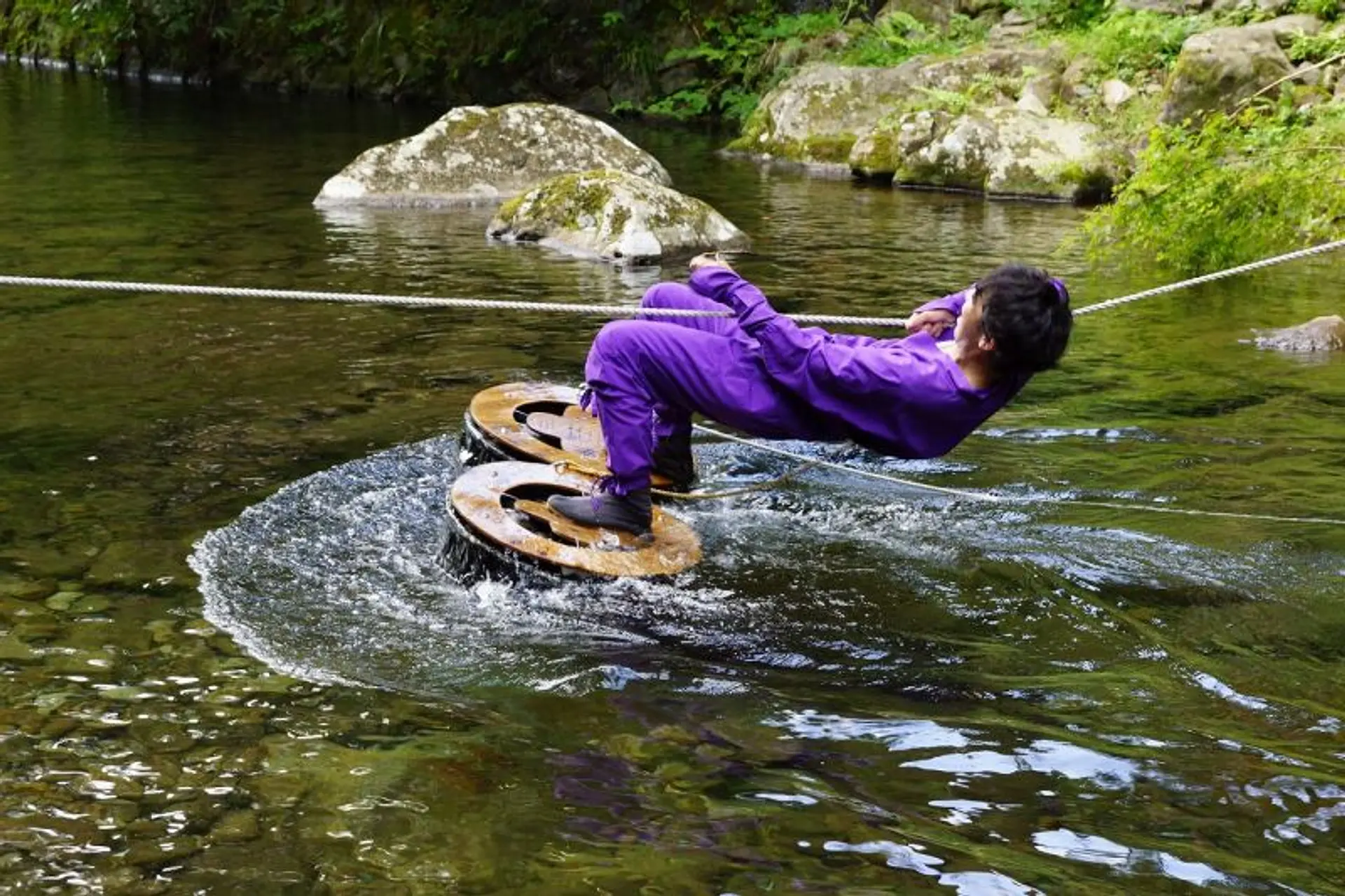
伊賀忍者の祖・百地丹波が修行した赤目の滝で忍者修行体験
忍者体験ができるのは、伊賀市だけではありません。
お隣の名張市にある赤目四十八滝は、あの伊賀忍者の祖・百地丹波が修行を行った地といわれており、ふもとの隠れ里の山中に用意されたアトラクションでさまざまな忍術修業が体験できます。
「飛び猿の術」「登り術」「侵入術」「逃避術」「吹き矢術」「手裏剣」「水ぐも術」などなどなど!たくさんの忍者修行体験ができるので、子どもから大人まで一緒になって楽しめます。
遊び体験の詳細についてはコチラ↓
忍者の森で修行体験!赤目四十八滝のふもとで伊賀忍者の秘伝を体験しよう♪
忍者の森【忍者修行体験】
<修行体験・忍者衣装付>
大人3,500円
子供(小・中学生)3,000円
幼児(小学生未満)2,200円
忍者衣装レンタルのみ 1,000円
※忍者修行体験の料金には、忍者衣装レンタル、赤目四十八滝渓谷保全料が含まれています。
忍者修行体験スタート時間
<午前の部>10:30~、所要時間90分程度
<午後の部>13:30~、所要時間90分程度
スタートの30分前にお越しください。
12/28~1/2
1月~3月2週の木曜日(祝日は除く)
周辺の駐車場約300台(無料)
・近鉄「赤目口駅」から三重交通バス利用10分、赤目滝下車 徒歩1分
・大阪方面から名阪国道「針IC」より約20km
・名古屋方面から名阪国道「上野IC」より約25km
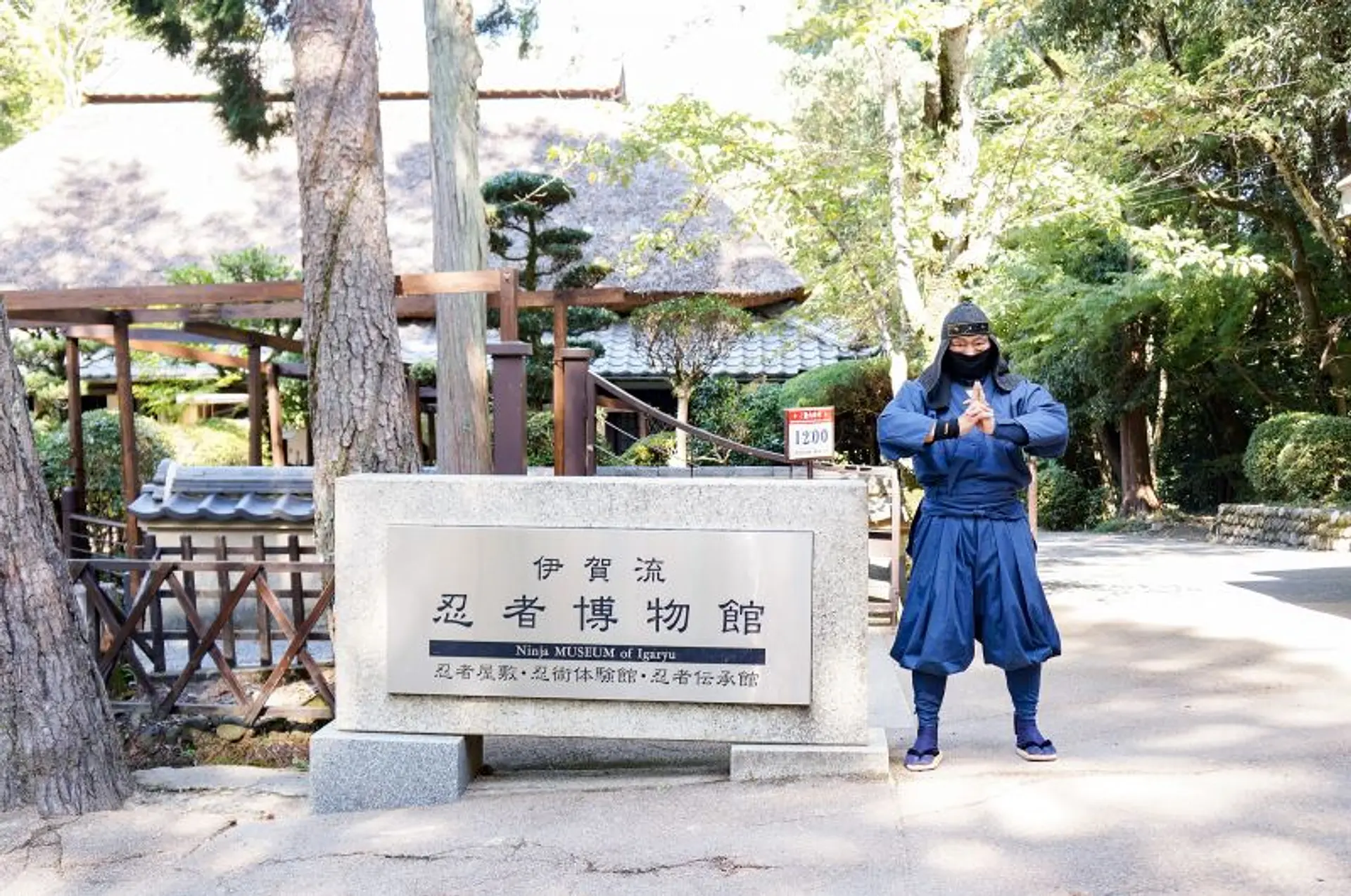
忍者は主君を守るために戦うことが重要な仕事だと思っていた方は、忍者に対するイメージも少し変わったのではないでしょうか。現代の日本に、当時のままの忍者は存在しませんが、忍者の歴史や文化を伝える人々が今も活動を続けています。
この記事をみて忍者にもっと興味が湧いた方は、ぜひ三重県にいらしてください!
たくさんの刺激的な忍者体験をご用意してお待ちしております。
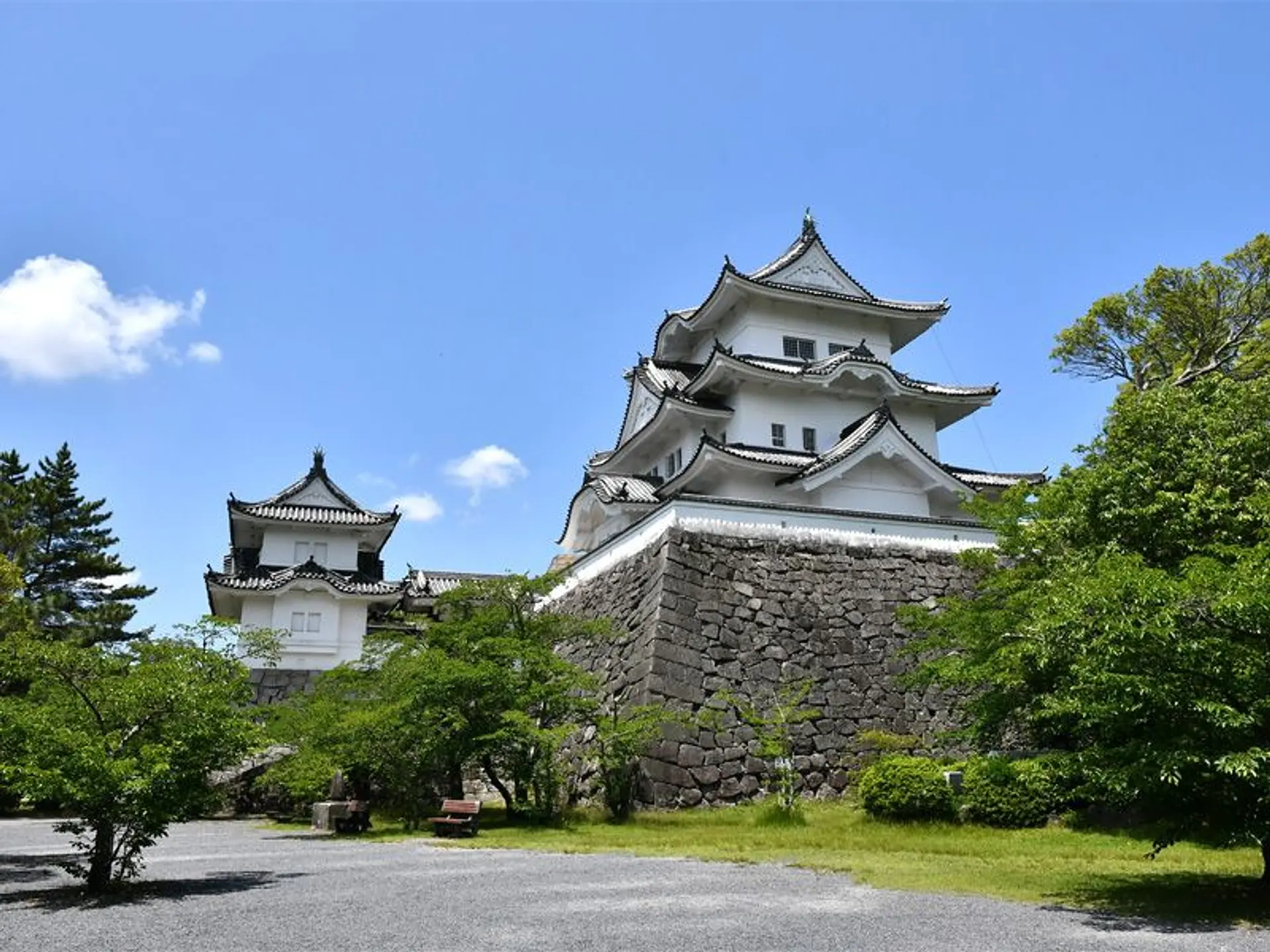
伊賀上野城
日本100名城にも選ばれた「伊賀上野城」
取材レポート:語り部と行く伊賀上野城。日本100名城に選ばれた白亜の城の歴史
伊賀上野城
大人600円(500円)
小人300円(250円)
( )内は、30名以上の団体料金
9:00~17:00(入館は16:45まで)
年末(12月29日~12月31日)
周辺に約500台あり(有料)
・伊賀鉄道「上野市駅」から徒歩約8分
・名阪国道「上野東IC」から車で北へ約10分
・名阪国道「中瀬IC」から車で西へ約10分
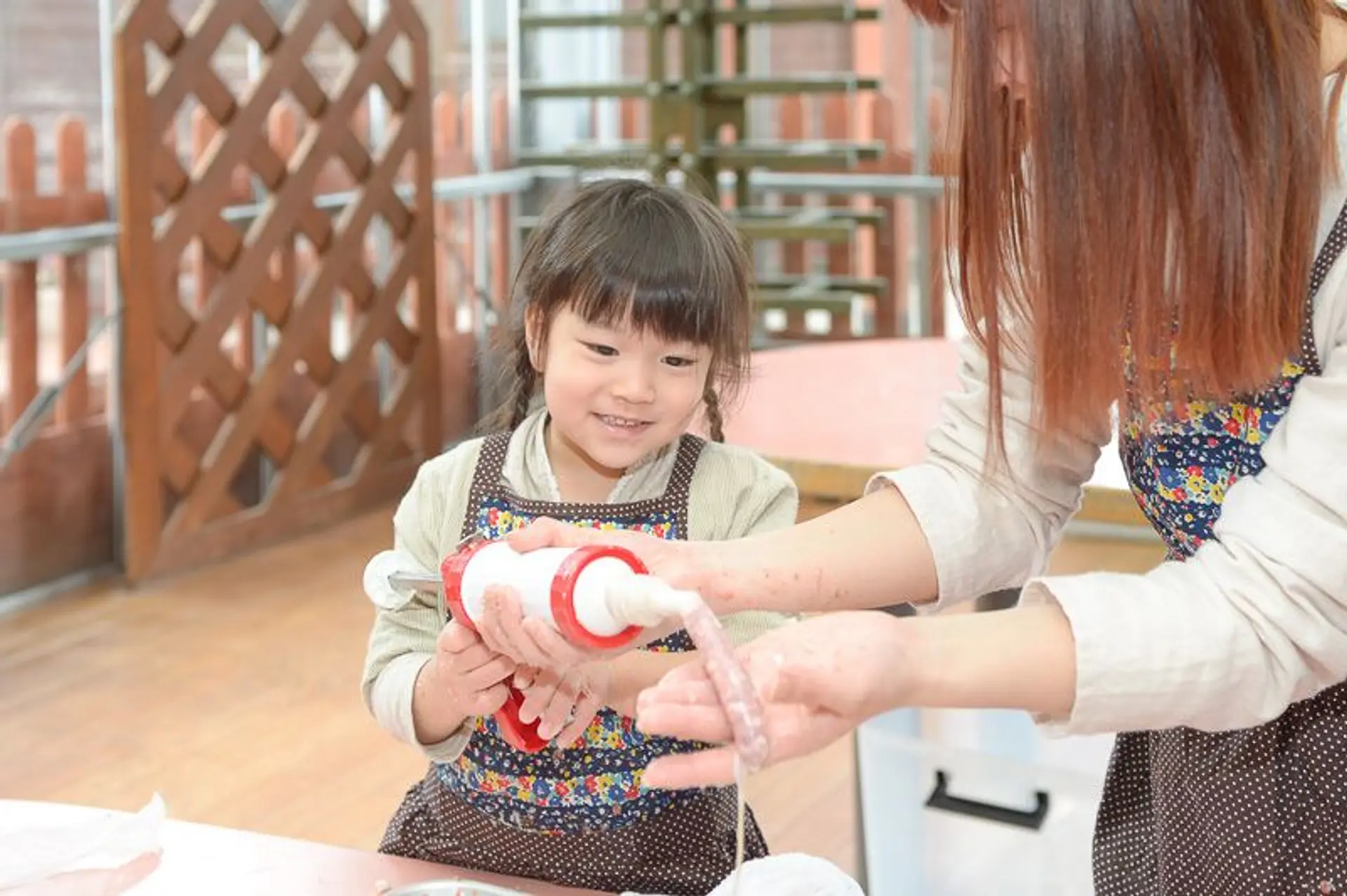
モクモク手づくりファーム
生産・加工・販売を一貫して行う農業公園「モクモク手づくりファーム」
取材レポート:モクモク手づくりファームで楽しく体験!
伊賀の里モクモク手づくりファーム
入園料800円(おとな)
600円(こども)
※手づくり体験教室については伊賀の里モクモク手づくりファームのホームページでご確認ください
10:00~16:30(一部21:00まで)
不定休 詳しくは伊賀の里モクモク手づくりファームホームページでご確認ください
500台
・JR関西線、草津線とも「柘植駅」下車車で15分
・伊賀鉄道「上野市駅」より車で25分
・名阪国道「壬生野IC」から車で約10分
・新名神「甲南IC」から車で約10分
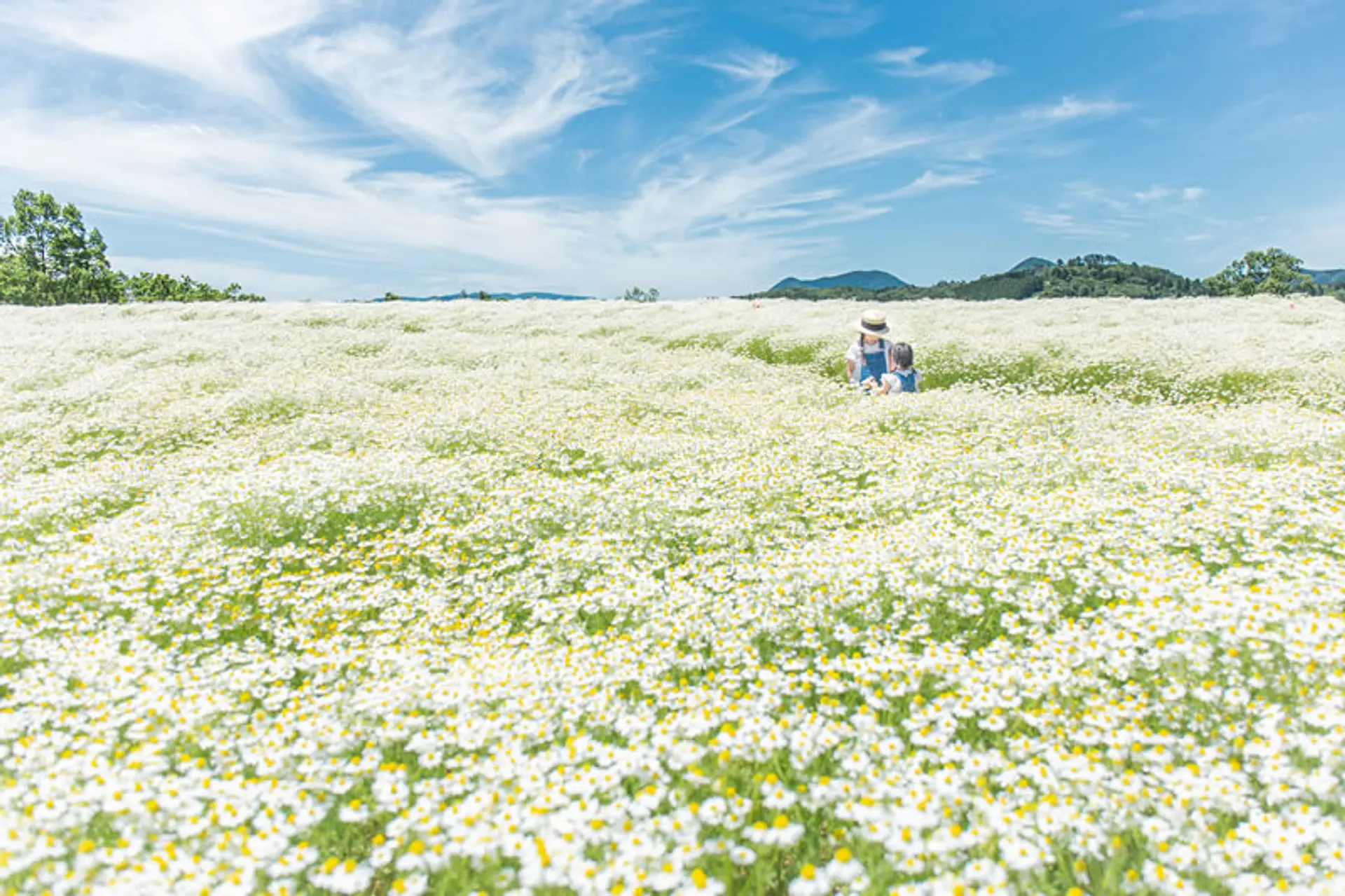
メナード青山リゾート
カモミールやラベンダーなどが楽しめる高原リゾート「メナード青山リゾート」
取材レポート:メナード青山リゾートで感動の星空観測とエステティック体験!
などなどなど!
伊賀名張特設サイトでは、他にもこのエリアの魅力を詳しくご紹介しておりますので、気になった方は是非チェックしてみてくださいね!
メナード青山リゾート
冬季クローズあり
※詳しくはHPもしくはお電話にてお問い合わせください。
あり(無料)
◆電車をご利用のお客様
近鉄伊賀神戸駅より完全予約制の無料送迎バスを運行しております。
<所要時間約35分>
~送迎バスのご利用に関しましてはこちら~
https://www.menard.co.jp/resort/access/bus/bus.html
◆お車をご利用のお客様
大阪方面 松原インターから約90分(名阪国道・上野東インターから約40分)
名古屋方面 名古屋西インターから約110分(名阪国道・上野東インターから約40分)
※冬場は冬用タイヤもしくはチェーンなどのご準備をお願い致します。
※お使いのカーナビによってリゾートまでの道順が正しく案内されない場合がございます。
お電話でも経路をご案内しておりますので、お気軽にご連絡ください。
~詳しい経路に関しましてはこちら~

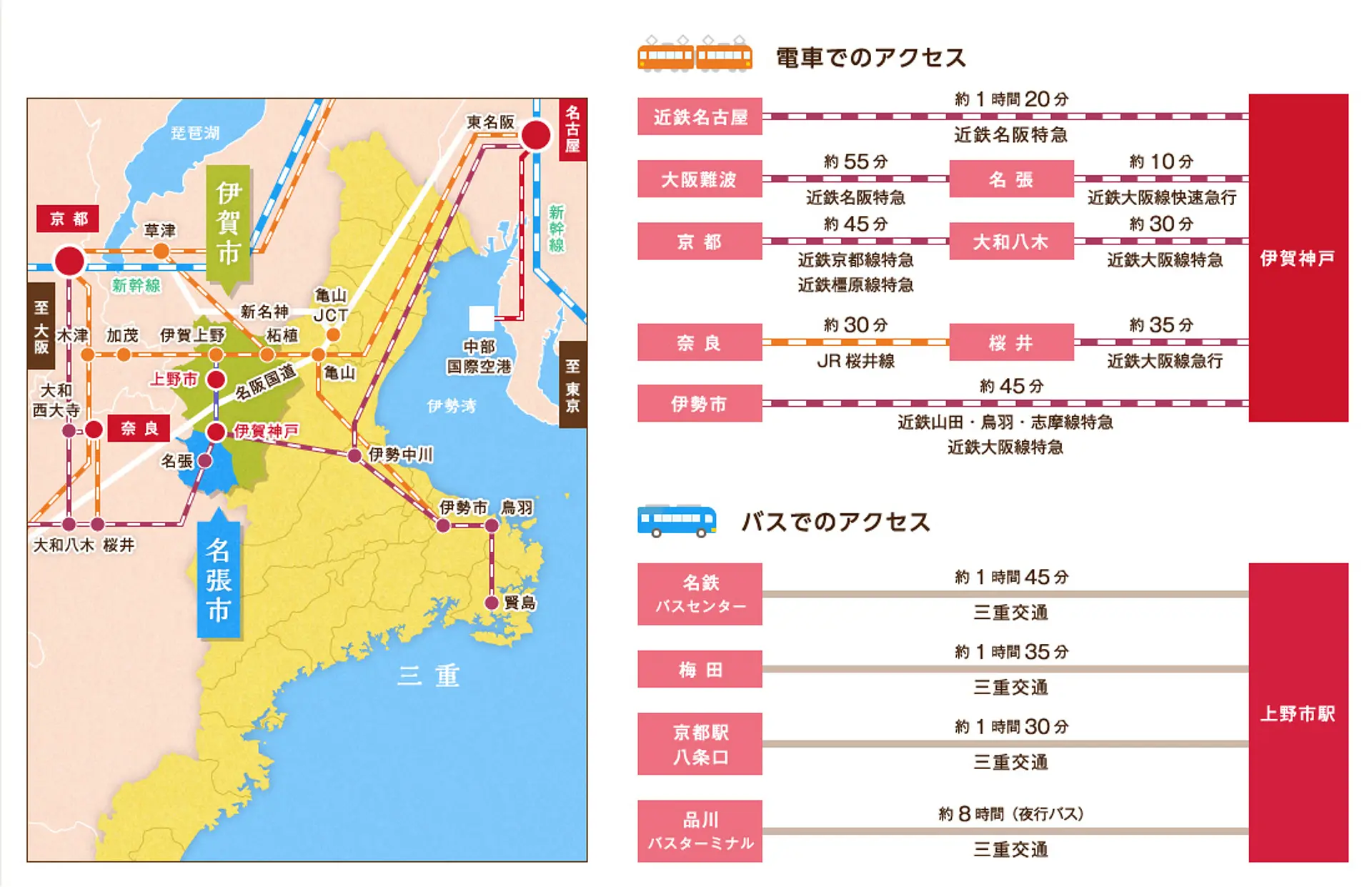
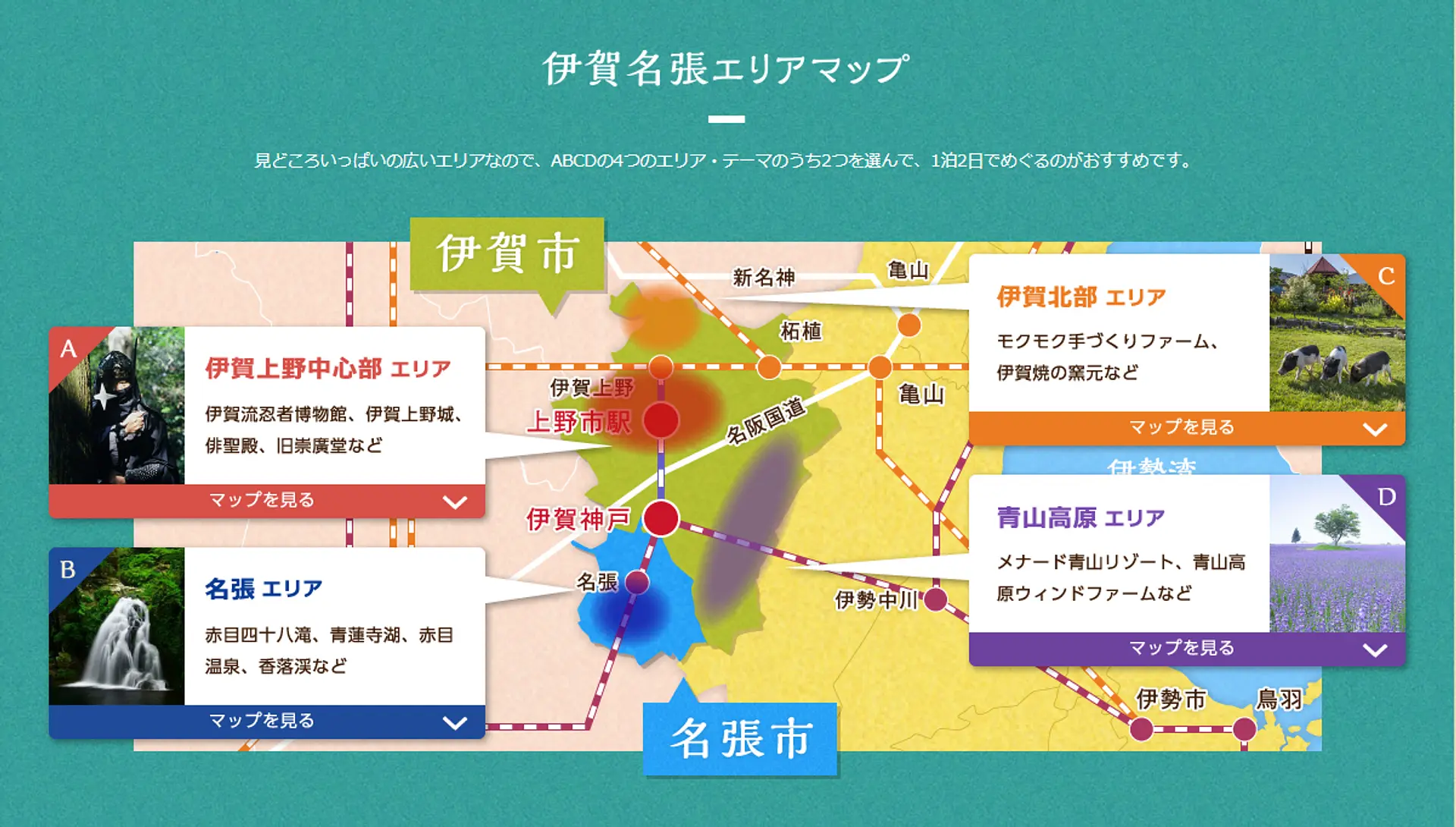
.png)
